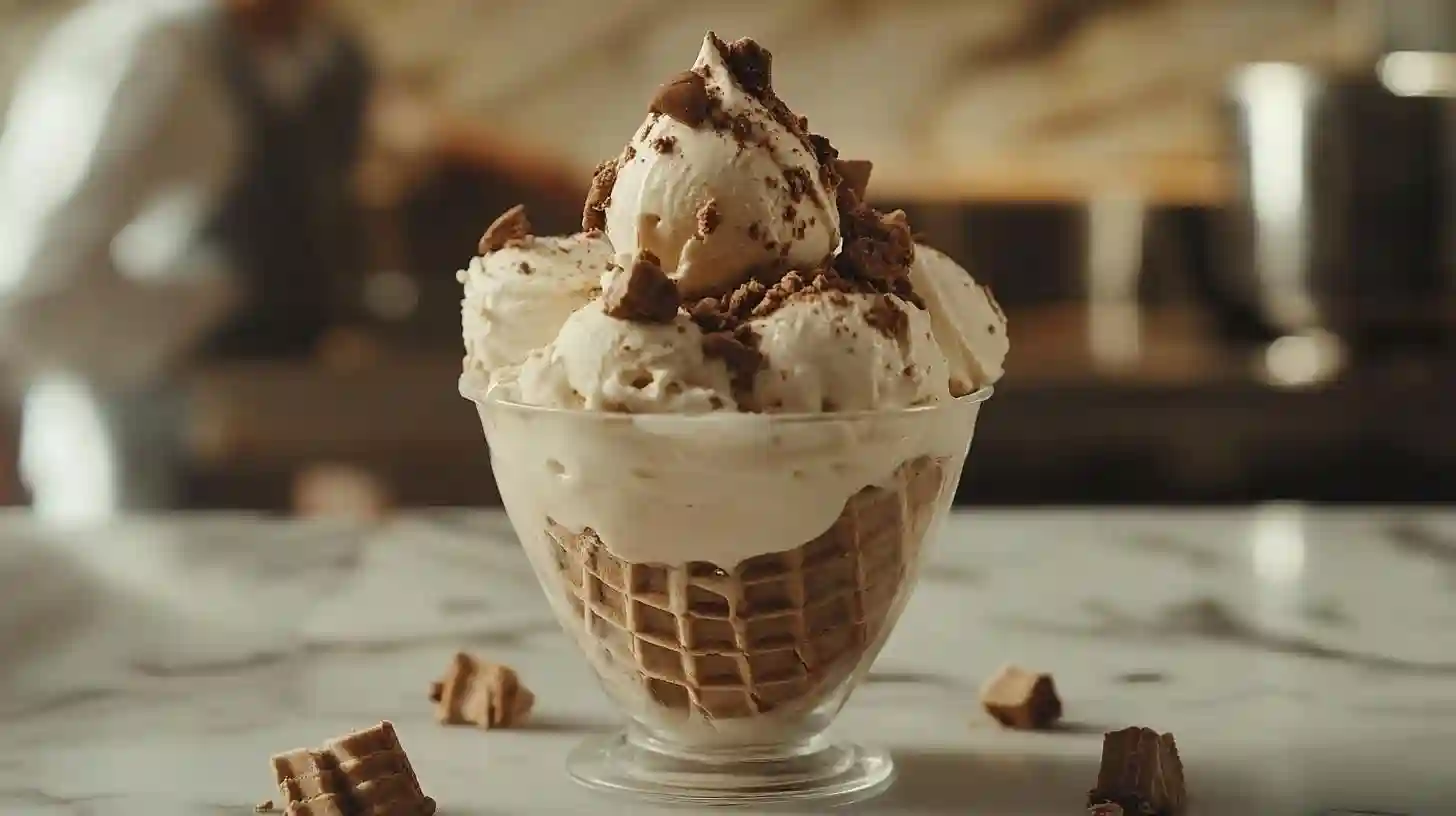
Homemade ice cream is not just a treat; it’s an experience that allows you to explore your culinary creativity. The process of making ice cream can be incredibly rewarding, offering a means of personal expression in flavor combinations and textures. Culinary experts suggest that the journey begins with understanding the fundamentals of ice cream making, which primarily revolves around the four main components: cream, milk, sugar, and flavorings. The balance between these ingredients will determine the creaminess, sweetness, and richness of your final product.
A critical tip offered by experienced ice cream makers is to invest in quality ingredients. The type of cream and milk used can vastly influence the ice cream's flavor and texture. Opting for heavy cream will impart a luxurious creaminess, while whole milk can help create a lighter product. Many recommend using organic dairy wherever possible, as it tends to have a fresher taste without additives that could interfere with the pure flavors of your creation. Additionally, when it comes to sugar, don’t overlook the natural sweetness and unique taste of ingredients like honey, maple syrup, or even coconut sugar. These alternatives can add depth and character to the ice cream.
Flavoring is one of the most exciting aspects of homemade ice cream, allowing for endless creativity. While vanilla and chocolate often serve as staples, the inclusion of fresh fruits, spices, and extracts opens a new world of possibilities. Culinary experts encourage experimenting with seasonal produce, as this will not only enhance flavor but also reflect the time of year. Consider using ripe strawberries, peaches, or even herbs like basil and mint for unexpected twists. For those who prefer a more robust flavor profile, incorporating ingredients such as coffee, dark chocolate, or even flavored liquors can bring a gourmet touch to your creation.
One essential technique to master when making ice cream is the emulsification process. This step is vital for achieving a smooth and creamy texture. Essentially, it involves combining the cream, milk, and sugar over low heat until the sugar is fully dissolved and the mixture reaches a thickening point, known as the custard base. Continued stirring during this process not only helps to achieve the desired consistency but also prevents the mixture from curdling or burning. After reaching the appropriate temperature, allowing the mixture to cool completely before adding flavorings is crucial. This cooling process not only ensures safety when handling but also allows the flavors to marry properly.
Another crucial tip is to chill the ice cream maker’s bowl before starting the process. Many machines require the bowl to be frozen for several hours prior to use. This step is important as it allows for the mixture to freeze quickly, resulting in smaller ice crystals and a smoother texture. If you lack an ice cream machine, don’t worry. You can still successfully make homemade ice cream by employing the “no-churn” method. By whipping heavy cream to soft peaks and then folding in a mixture of sweetened condensed milk and your chosen flavorings, you can create a creamy, dreamy dessert that requires minimal equipment.
Incorporating mix-ins can elevate your homemade ice cream to new heights, adding texture and surprise to each bite. Consider folding in chunky ingredients like cookie dough, brownies, nuts, or pretzels after the base has been churned. This not only adds a delightful contrast but also allows for more complex flavor profiles. One could also drizzle in swirls of fudge or caramel for an indulgent twist. The key is to allow creativity to run wild while considering how the mix-ins will interact with the overall flavor and texture of the ice cream.
Once you’ve perfected your ice cream base and added all the desired elements, transfer it to an airtight container and allow it to harden in the freezer. This final freezing stage is essential; it solidifies your ice cream, resulting in a texture that you would expect from a premium ice cream shop. Experts recommend letting it sit at room temperature for a few minutes before scooping out servings, as this makes it easier to scoop and enjoy.
Whole experience of making homemade ice cream is truly a culinary adventure, offering a delightful way to beat the heat and share sweet memories with loved ones. The process encourages exploration and experimentation, ensuring that every batch can be tailored to personal tastes and preferences. Whether you opt for traditional flavors or venture into the realm of exotic combinations, the joy of crafting and sharing homemade ice cream will undoubtedly leave a lasting impression. The satisfaction derived from creating something so delicious, combined with the smiles it brings to those who enjoy it, makes this effort well worth the time and energy invested.